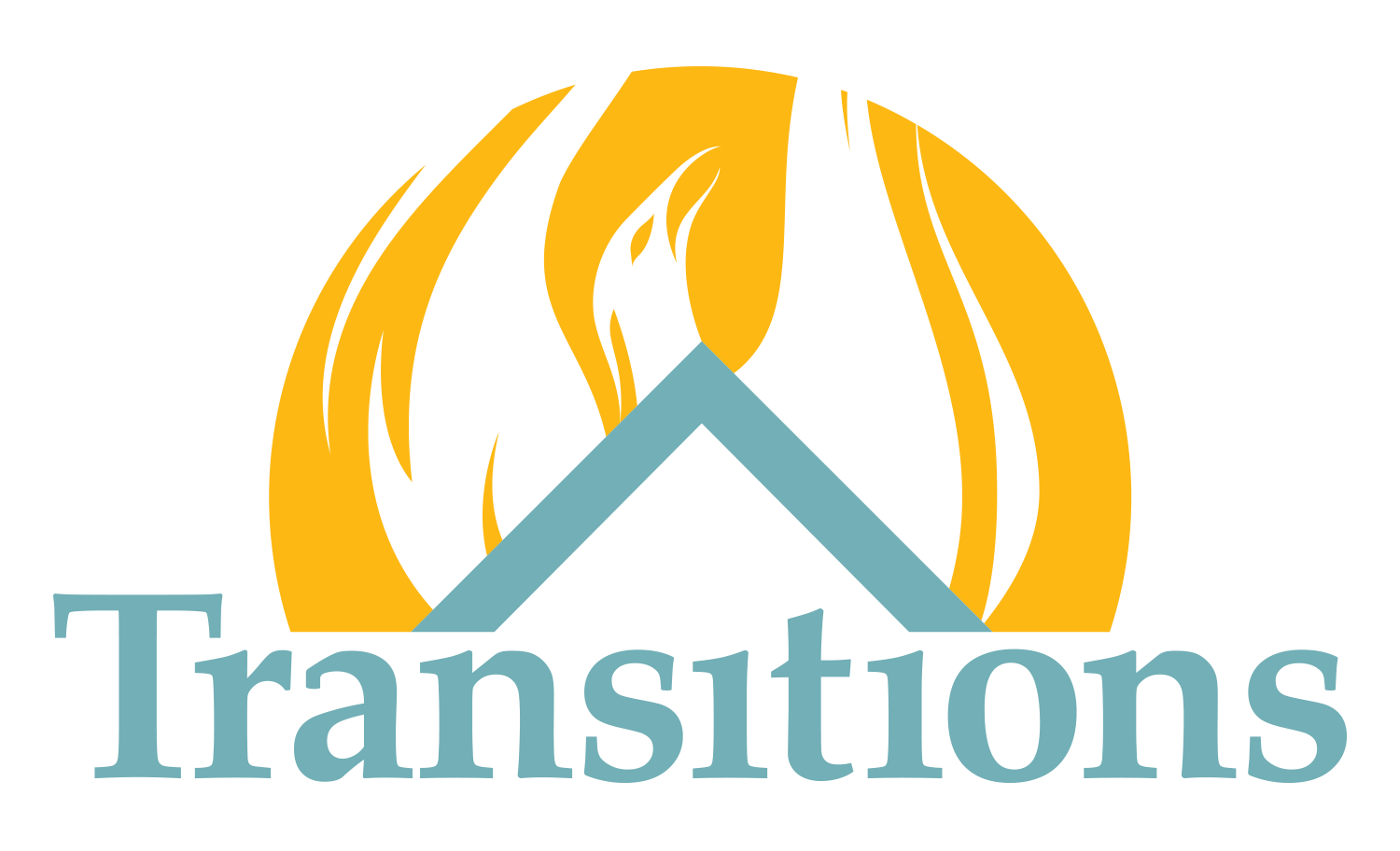Principles of Drug Addiction – Part Two
Earlier, we shared part one of our post showcasing the Principles of Effective Treatment from the National Institute on Drug Abuse. This guide provides 13 total research-based principles for providing effective treatment for those with the disease of addiction. We’re back today to share the remaining principles with you!
While the initial principles we shared provide a foundation treatment, the following principles dive into more of the details that should be considered when treating individuals facing addiction. These additional principles truly showcase how varied the treatment experience is for each individual depending on their circumstances, which again reflects how important that person-centric treatment plan is.
Medications are an important element of treatment for many patients, especially when combined with counseling and other behavioral therapies. Transitions provides and accepts all forms of medications approved for Opioid Use Disorder as well as FDA-approved medications for Alcohol Use Disorder and Nicotine Use Disorder. We know that medications are the most effective when provided in conjunction with treatment including individual therapy, group therapy and family therapy.
An individual's treatment and services plan must be assessed continually and modified as necessary to ensure that it meets his or her changing needs. Our Treatment Team continually assesses patients to ensure that a person’s needs are met as they progress through the continuum of care. We modify treatment interventions and therapies to best meet the needs of the person as they recover.
Many drug-addicted individuals also have other mental disorders. All patients are evaluated by our Psychiatrist to ensure that a person’s mental health is evaluated and considered in treatment interventions including medication. Our Licensed Therapists treat individuals with co-occuring mental health disorders throughout the treatment continuum.
Medically assisted detoxification is only the first stage of addiction treatment and by itself does little to change long-term drug abuse. At Transitions, we know that detoxification alone is rarely sufficient to help individuals achieve long-term abstinence. It is often the first step in the treatment continuum, and must be followed by continued treatment at intensity levels that match a person’s needs.
Treatment does not need to be voluntary to be effective. Oftentimes, a person is strongly encouraged to come into treatment by a family member or by the legal system. A person may present with only external factors as they enter treatment and our Treatment Team works with each person to identify internal motivating factors that help promote lasting abstinence and recovery.
Drug use during treatment must be monitored continuously, as lapses during treatment do occur. At all of our sites, we continue to monitor substance use through randomized urine drug screening protocols. A return to use while in treatment offers the Treatment Team the opportunity to re-assess a person to determine what additional interventions or supports they may need to jumpstart their recovery.
Treatment programs should test patients for the presence of HIV/AIDS, hepatitis B and C, tuberculosis, and other infectious diseases as well as provide targeted risk-reduction counseling, linking patients to treatment if necessary. Transitions partners with HealthPoint Family Care and provides a full health examination at the start of treatment. This physical health evaluation includes testing, bloodwork and a comprehensive exam. Based on findings from the exam, patients are linked with appropriate medication and services.
These principles may not be applicable to each and every patient, but they continue to provide a basis of accountability when treating individuals with the disease of addiction. At Transitions, we utilize each of these principles as our guidepost for the continuum of treatment we provide, ensuring that we’re holding ourselves to only the best of standards.

